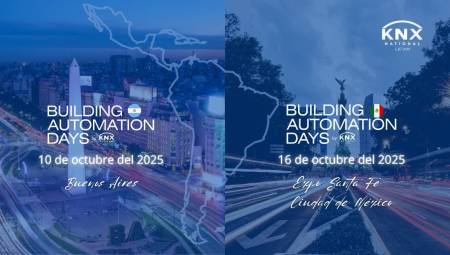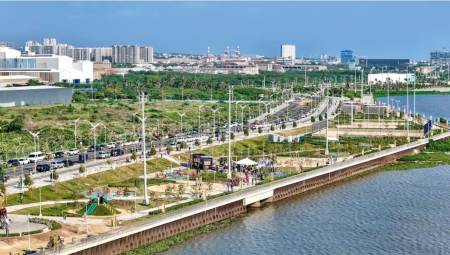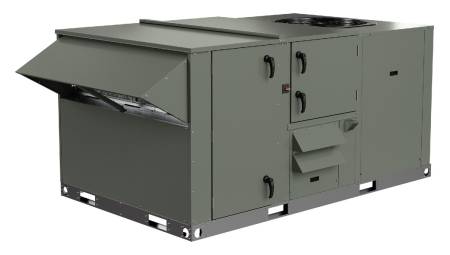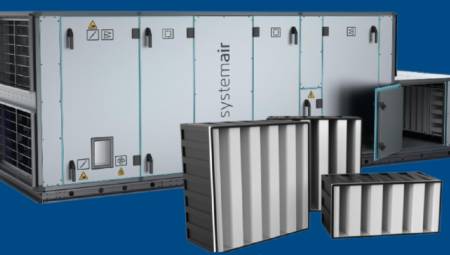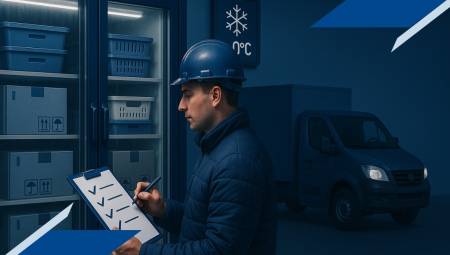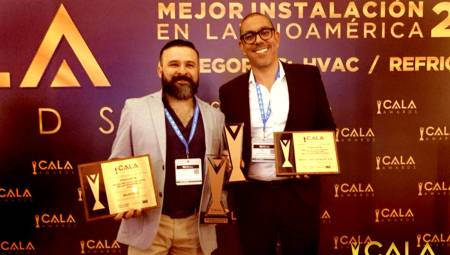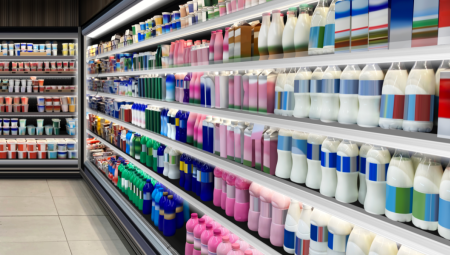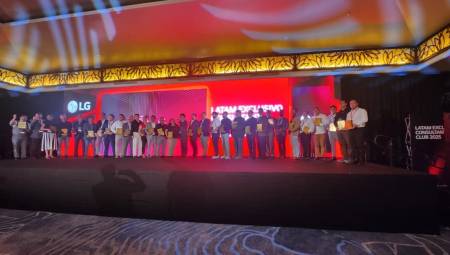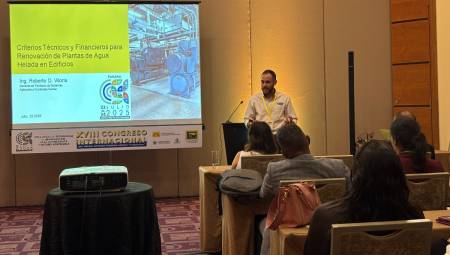By integrating these technologies, companies gain the flexibility to design systems that are perfectly suited to their specific operational needs.
By Alonso Amor*
The search for sustainable and efficient solutions in the refrigeration industry is changing the way companies manage refrigeration demand. Among these advances, the integrated propane (R-290) and CO(2) systems stand out. These innovative architectures not only improve efficiency, but also promote environmental responsibility, making them ideal for applications such as supermarkets and cold stores.
By harnessing propane in medium-temperature environments and CO2 in low-temperature applications, this combined system achieves optimal performance, even under elevated ambient conditions. It is a forward-thinking solution designed to meet both the operational and environmental demands of today's refrigeration needs.
Operation of the integrated system
At the heart of the propane cooling system is the glycol cooler, a versatile component with three key functions:
• Reduced cooling loads to maintain constant cooling at medium temperatures.
• CO2 condensation in subcritical cycles, ensuring efficiency in low-temperature operations.
• To power air conditioning systems, expanding their usefulness beyond refrigeration itself.
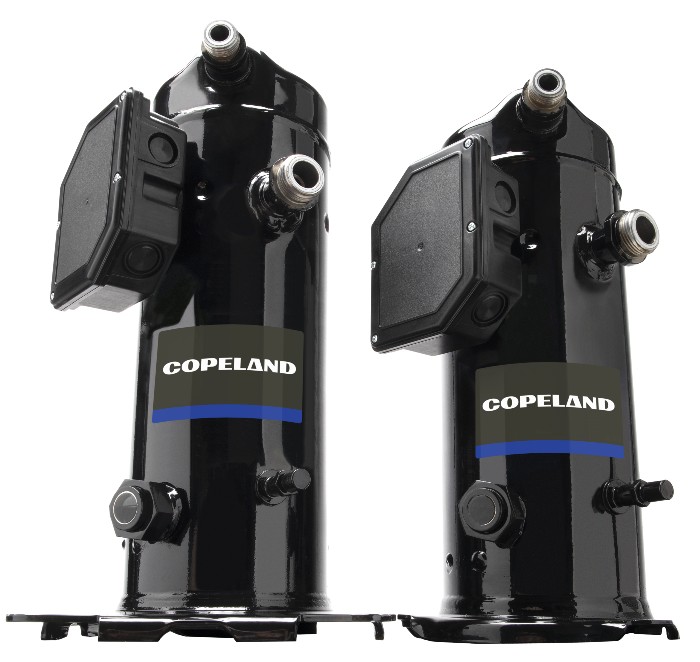
The CO2 system provides exceptional adaptability. It can operate as a centralized unit or be distributed across multiple application loads, allowing setpoints to be tailored to specific requirements. This customization is vital to optimize performance and save energy.
By integrating these technologies, companies gain the flexibility to design systems that are perfectly suited to their specific operational needs.
Real adoption throughout Latin America
The adoption of hybrid R-290 and CO2 cascade systems is accelerating throughout Latin America, highlighting their practicality and effectiveness. Brazil is leading the way, with 50 stores already equipped with these systems and 70 additional installations planned by the end of 2025. Colombia also shows strong adoption, with 35 stores using this architecture, along with seven other projects in nearby regions.
Forecasts indicate that by the end of 2025, 200 installations will have been completed throughout Latin America. These hybrid solutions integrate water circuits and secondary cooling systems, making them efficient and scalable. Such widespread implementation highlights the growing preference for sustainable refrigeration systems that offer measurable cost savings and energy efficiency.
Proven technology
Copeland's R-290 optimized scroll compressors, available in fixed and variable speed models, offer exceptional performance at power outputs up to 70 kW. Ideal for noise-sensitive environments, quiet options extend the range's versatility up to 15 kW.
For CO2 applications, Copeland offers semi-hermetic and scroll compressors designed for transcritical and subcritical operations, reaching capacities of up to 120 kW. These compressors are designed to optimize weight, reduce noise, and improve overall system efficiency, while maintaining precise capacity control.
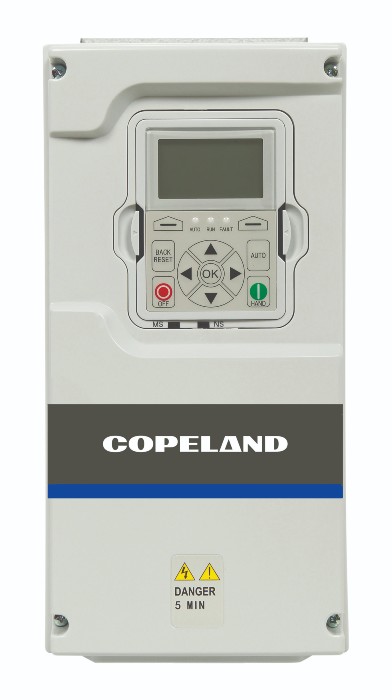 For sustainable cooling
For sustainable cooling
The benefits of integrated propane and CO2 systems are a commitment to sustainability by reducing the carbon footprint, encouraging energy efficiency and supporting the transition to natural refrigerants. This approach aligns with modern regulatory requirements and environmental goals, offering companies a way to meet sustainability goals.
With Copeland's expertise in refrigeration technologies, companies have access to innovative solutions that meet the growing demand for sustainable refrigeration. To learn more about Copeland's sustainable solutions, visit Copeland.com
* Alonso Amor*, Director of Engineering Services, North Latin America, Copeland.




